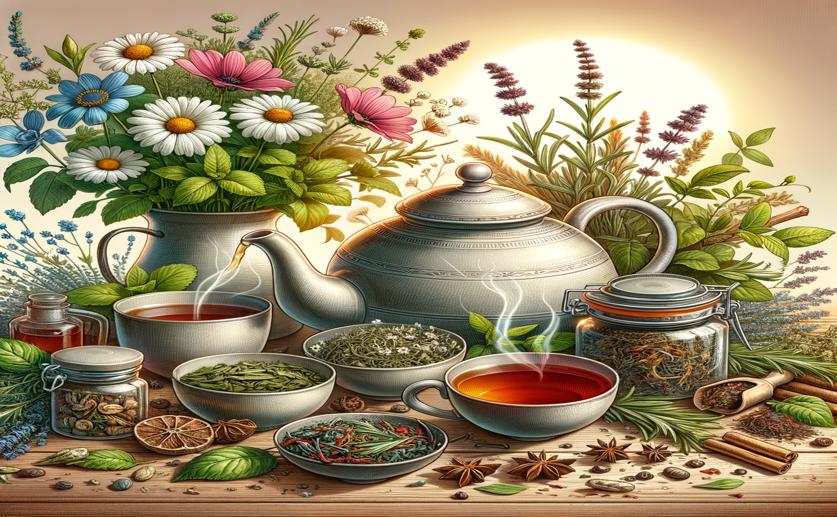
Antioxidant Power and Health Benefits of Herbal Teas from Medicinal Plants
Greg Howard
4th July, 2024

Image Source: Natural Science News, 2024
Key Findings
- The study analyzed the antioxidant power of infusions from six medicinal plants in Argentina
- L. cuneifolia and L. nitida infusions showed the highest antioxidant capacity and phenolic content
- L. cuneifolia and L. nitida infusions reduced lipid oxidation in ground beef, suggesting potential as natural food preservatives
References
Main Study
1) Antioxidant activity and phenolic content of herbal infusions from medicinal plants used in Argentina
Published 3rd July, 2024
https://doi.org/10.1186/s43014-024-00224-w
Related Studies
2) Lipid Oxidation Inhibition Capacity of 11 Plant Materials and Extracts Evaluated in Highly Oxidised Cooked Meatballs.
3) Antigenotoxic, antiproliferative and antimetastatic properties of a combination of native medicinal plants from Argentina.
4) Methods for testing antioxidant activity.
Journal: The Analyst, Issue: Vol 127, Issue 1, Jan 2002



 29th May, 2024 | Jim Crocker
29th May, 2024 | Jim Crocker